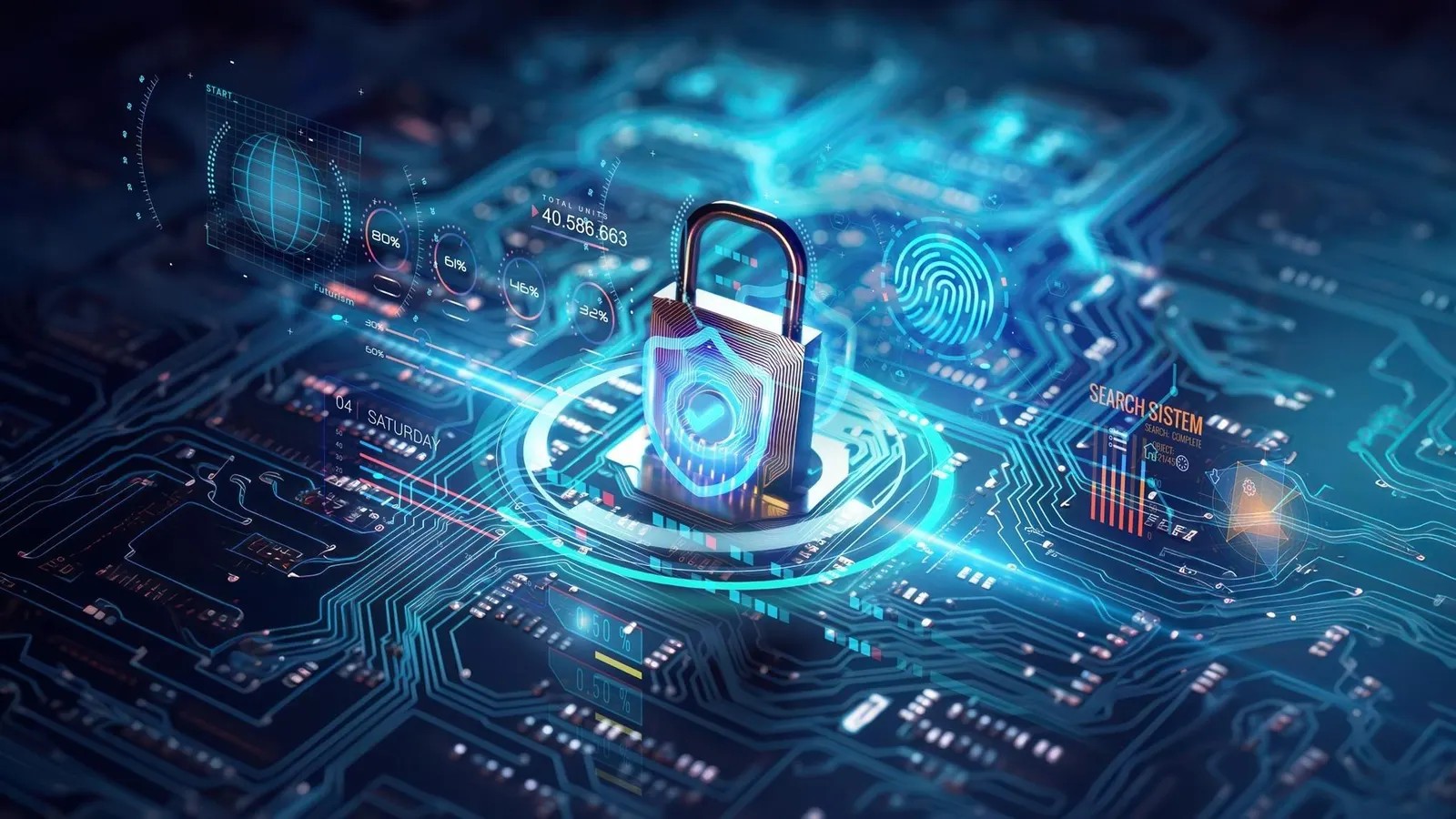
Unarguably, the rapid evolution of technology has brought forth an array of conveniences and opportunities. It has also opened the door to complex and ever-evolving cybersecurity challenges. Hence in navigating the digital frontier, the imperative of safety cannot be over emphasisied.
The relentless surge in cyberattacks has led to numerous data breaches, exposing sensitive information of individuals and organisations. The theft of personal data, financial records, and proprietary business information has led to financial loss, reputational damage, and profound personal distress.
Cybercriminals are constantly devising novel attack vectors and employing advanced techniques, making it difficult for traditional security measures to keep pace.
From ransomware and phishing to nation-state cyber espionage, the spectrum of threats is expanding.
Specifically, the interconnectedness of today’s digital ecosystem has introduced vulnerabilities that extend beyond a single organisation.
Attackers often exploit weak links in the supply chain to infiltrate larger systems, affecting multiple entities.
Some of the gaps include: demand for skilled professionals. The demand for skilled cybersecurity professionals far outpaces the supply. Organisations struggle to find qualified experts capable of defending against ever-evolving threats.
In order to bridge this gap, it is imperative to seize opportunities and innovations in the cybersecurity space.
As challenges grow, so does the innovation in cybersecurity.
Advanced threat detection tools powered by Artificial Intelligence (AI) and Machine Learning (ML) can identify abnormal behaviour patterns and swiftly respond to emerging threats.
Biometric technologies such as fingerprint recognition and facial scanning are enhancing user authentication. These methods provide a higher level of security compared to traditional passwords.
Besides, the concept of ‘Zero Trust’ is gaining prominence, emphasising the need to verify every user, device, or application seeking access to a network. This approach reduces the attack surface and prevents lateral movement of threats.
The cybersecurity community is also recognising the value of collaboration. Organisations are increasingly sharing threat intelligence and best practices to collectively defend against cyber threats.
In addition to collaboration, education and awareness are indispensable. Empowering individuals with cybersecurity knowledge is crucial. Educational initiatives and training programmess are helping users recognise and respond to potential threats.
Moreso, there is need for effective regulations and compliance. Governments and regulatory bodies are enacting stricter cybersecurity regulations to ensure organisations prioritise data protection and privacy.
Most importantly, in an era where cloud computing has become an integral part of business operations, ensuring the security of cloud infrastructure has never been more crucial.
As organisations transition to cloud-based systems, they must adopt robust security measures to safeguard sensitive data and maintain the trust of their users.
Securing cloud infrastructure is a multifaceted endeavour that demands a combination of technology, policies, and employee awareness. By following best practices, organisations can create a robust cloud security framework that mitigates risks, protects sensitive data, and maintains the integrity of their operations in the digital realm.
Implementing end-to-end encryption for data both at rest and in transit is vital. This helps prevent unauthorised access to sensitive information, even if a breach occurs.
Enforcing the use of Multi-Factor Authentication (MFA) for accessing cloud accounts is key. This adds an extra layer of security by requiring users to provide additional verification beyond just a password.
Adopting strict access controls that follow the principle of least priviledge is also essential. This ensures that users only have access to the resources they need to perform their tasks and reducing the attack surface.
There is need for regular security audits and vulnerability scans like routine security audits and vulnerability assessments to identify and address potential weaknesses in the cloud infrastructure. This proactive approach helps mitigate risks before they can be exploited.
Developing comprehensive incident response plan that outlines steps to take in the event of a security breach may be adopted. This plan should cover how to contain the breach, notify stakeholders, and recover data.
Leveraging security features provided by the cloud service provider might be a game changer. Cloud platforms offer various tools for encryption, monitoring, and logging that can enhance the overall security posture.
Implementing continuous monitoring to detect suspicious activities and anomalies are critical. Real-time monitoring allows for swift response to potential threats.
There is also need for adequate capacity building. Educating employees about cloud security best practices and the potential risks associated with improper usage are extremely important. An informed workforce can be a strong line of defense against cyber threats.
Regularly backing up data stored in the cloud to a separate, secure location should be of utmost priority. Having reliable backups ensures that data can be restored in the event of data loss or a ransomware attack.
Ensuring that your cloud infrastructure adheres to relevant industry regulations and compliance standards is indispensable. Failure to comply can result in legal and financial repercussions.
In conclusion, cybersecurity stands at a crossroads of challenges and opportunities. While threats loom large, the innovative spirit of the cybersecurity community continues to drive advancements that mitigate risks and fortify defenses.
As individuals, organisations and governments unite in the quest for digital security, a resilient cybersecurity landscape is within reach. Through collaboration, innovation and a shared commitment to safeguarding our digital world, we can pave the way for a safer and more secure digital future.






